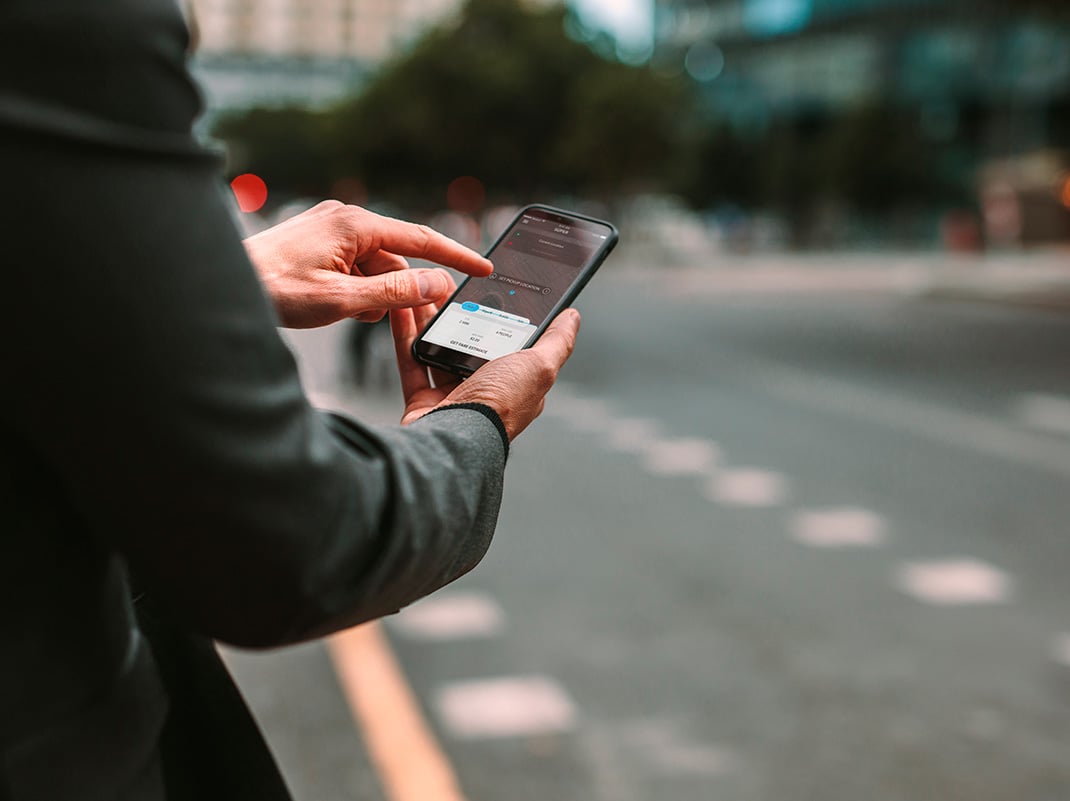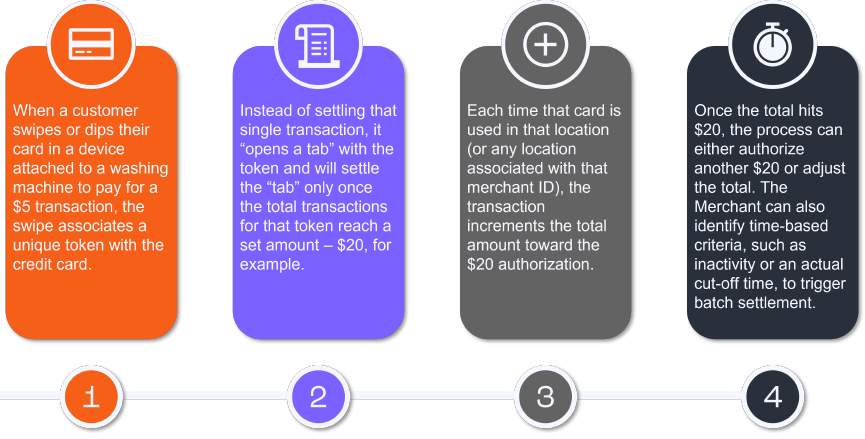How Tokenization Helps ISVs Build Better Solutions
Posted on By Ross Cullen

Keeping transactions safe is a major benefit of ISV-level authentication, as it verifies entities exchanging encrypted data are indeed who they claim to be. At the transaction level, security is handled through tokenization.
As it turns out, however, tokenization can also be used to create a superior customer experience (CX).
Tokenization acts like a poker chip that represents stored sensitive data – such as credit card data – and is used to retrieve that data when it arrives at its destination. A token has no value or significance, so if it’s compromised, there is no data to steal. It means nothing by itself, and there’s no relationship between the token and the data it represents.
So, how does it improve CX? To understand, let’s look at some specific examples.
Tokenization Helps Deliver Better Customer Experience
On smartphone apps, tokens offer a secure way to store credit card information that is entered once and can be used over and over again.
Take Uber, for example.
When customers sign up for Uber, they enter credit card details at the very beginning. That card information is stored in a database and assigned a register or secure token. Every time a customer uses Uber and they charge a transaction, whether it is the cost of a ride or a residual tip they add after the ride, that secure token represents the card information.
That way, as the token is transferred between the Uber app and the payment processor and/or payment gateway, the data is secure. Even if a criminal somehow intercepted and decrypted the transmission, the data would be meaningless. And the convenience for the customer is that the secure token will always be associated with their credit card, so it doesn’t have to be re-entered.
» Learn more about how Payroc leverages tokenization to improve CX in this case study.
Tokenization Enables Unified Commerce
A secure token assigned to a credit card works the same way in an omnichannel environment.
Take our client, Nourish + Bloom, an autonomous grocery store that provides frictionless shopping using embedded payments and a unified approach. A customer can use the Nourish + Bloom app to enter credit card information, which is assigned a secure token and can be used on the app to pre-order groceries, or it can be assigned to a QR code to:
- Pull items off the weighted shelves to be automatically charged to the customer’s card.
- Use the in-store kiosk to order fresh salads and sandwiches, using only the QR code to pay.
- Order items online and pick up in store.
- See all transactions made online and in-store in one place.
Tokenization Facilitates Microtransactions
For merchants like laundromats, where microtransactions are extremely common and customers use the same payment method for multiple transactions, tokenization is incredibly useful and can save merchants money.
Using the ISV-level authentication we mentioned earlier in this blog, transactions associated with a single credit card are tracked across multiple machines and then combined to reduce fees.
Here’s how it works:

» Learn more about how Payroc leverages tokenization to facilitate microtransactions in this case study.
Tokenization to Track and Redeem Loyalty Benefits
New applications of tokenization continue to develop every day. An exciting option we offer at Payroc involves associating secure tokens with individual customers – regardless of where they perform transactions.
Our Unique Customer Token (UCT) allows customers to be recognized anywhere by a company’s kiosks or devices. The UCT process works like this:
- A customer signs up with the company and registers for membership and/or a loyalty program.
- They include a payment type for transactions.
- When the customer puts their card in a company’s device or kiosk, they’re recognized and they can use or earn loyalty benefits.
This is a great application in the travel space, where customers need to use their benefits in airports, train stations, and bus stations around the country. That means a customer can load points into their account at a kiosk in Atlanta Hartsfield International Airport, fly to LaGuardia Airport and use those points.
UCT functionality can be assigned to fingerprints, QR codes, or other identifiers that link back to the customer. It takes the credit card out of the equation, which is more secure.
At Payroc, we offer a host of agnostic solutions that make your transactions secure, unified, and seamless for users. Regardless of your needs, we will do the work to customize our solution to work with your business model.
We want to help get your business ready for the future of payments. Learn how Payroc leverages tokenization to represent customers globally and manage loyalty benefits in this case study.
